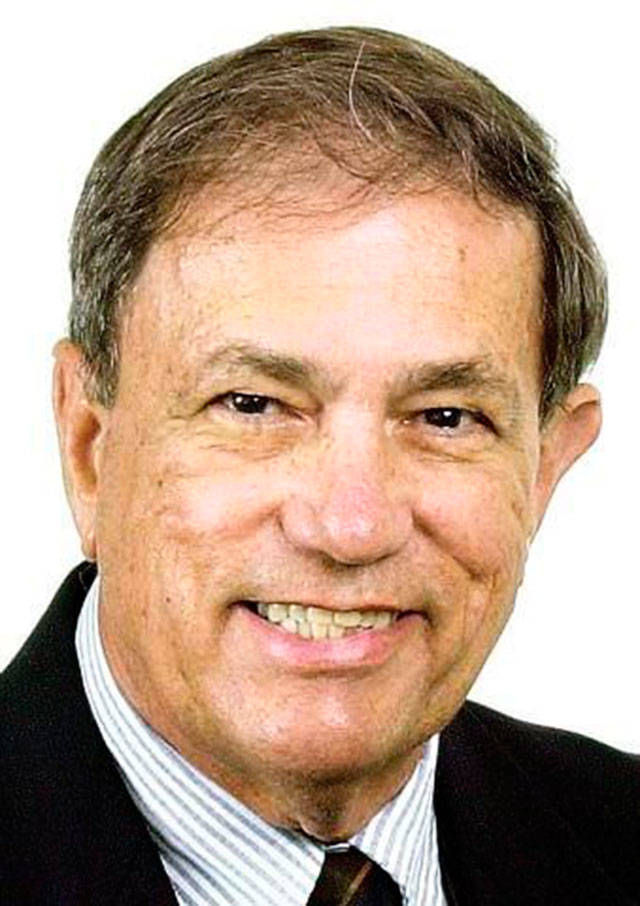When I was born in 1932, the world had 2 billion people. Today, the global population has swelled to 7.7 billionsoon to quadruple in a single lifetime.
How can the planet feed the mushrooming manswarm? Here are some thoughts:
I grew up in a meager farming region of West Virginia. We had no electricity. Small-town families had gaslights, and everyone else used kerosene lamps.
Our valley was mostly a string of dirt farms, horse-operated like in medieval times. My boyhood was during World War II, when most men had gone to combat. My aging uncle ran his farm with two mismatched horses and a crew of granddaughters, plus a scrawny pubescent nephew, me.
We milked cows by hand, plowed and mowed by team, found Indian arrowheads in corn rows, cut creekbank weeds to feed pigs, killed copperhead snakes, straightened bent nails to save money — long days of manual work. It seemed like slavery. Other family farms along the valley were little different.
As soon as I graduated from a little country high school (13 in my senior class), I fled to urban life and a newspaper job. In decades after the war, when I returned home, I found most of those old farms abandoned, overgrown in thickets. I guess parents died and children went to city jobs, as I did.
(When back-to-the-land urbanites came to rural West Virginia farms in the 1960s, I told them they were rushing toward the life I had spurned. Many of them didn’t last long at hoeing and shoveling.)
Most food production shifted away from skimpy family farms to big commercial plantations capable of much greater output. But even those huge farms couldn’t keep pace with the soaring human population.
In the 1960s, alarm spread that the manswarm was exceeding the food supply, and famines were likely. Stanford professor Paul Erlich wrote a 1968 book, “The Population Bomb,” warning that mass starvation seemed certain in the 1970s. Church groups held public discussions of the impending crisis. Erlich wrote:
“The battle to feed all of humanity is over…. In the 1970s and 1980s, hundreds of millions of people will starve to death in spite of any crash programs embarked upon now.”
But, out of the spotlight, Norman Bourlag had unleashed the Green Revolution in Mexico, Pakistan and India, using high-yield crops and heavy fertilization. Massive food increases resulted. His technique spread around the world. Bourlag got the 1970 Nobel Peace Prize. He was credited with saving a billion lives.
Yet the population upsurge didn’t stop. Before he died in 2009, Bourlag said his Green Revolution had peaked and couldn’t keep up with the worsening need.
So, what’s the future regarding hunger? I’m an ardent believer in science. I hope that genetic engineering will make breakthrough after breakthrough, producing ever-better plants and animals to feed humans.
A technique called CRISPR (clustered regularly interspaced short palindromic repeats) snips a plant’s own DNA as needed — rather than inserting bits of foreign DNA as in past gene-splicing. The revised genome duplicates itself endlessly as new generations of improved crops ensue. National Geographic says it has potential to “help feed the world.”
Here’s hoping that gene science spawns a second Green Revolution and keeps humanity thriving.
James Haught, syndicated by PeaceVoice, is editor emeritus of West Virginia’s largest newspaper, The Charleston Gazette-Mail.



